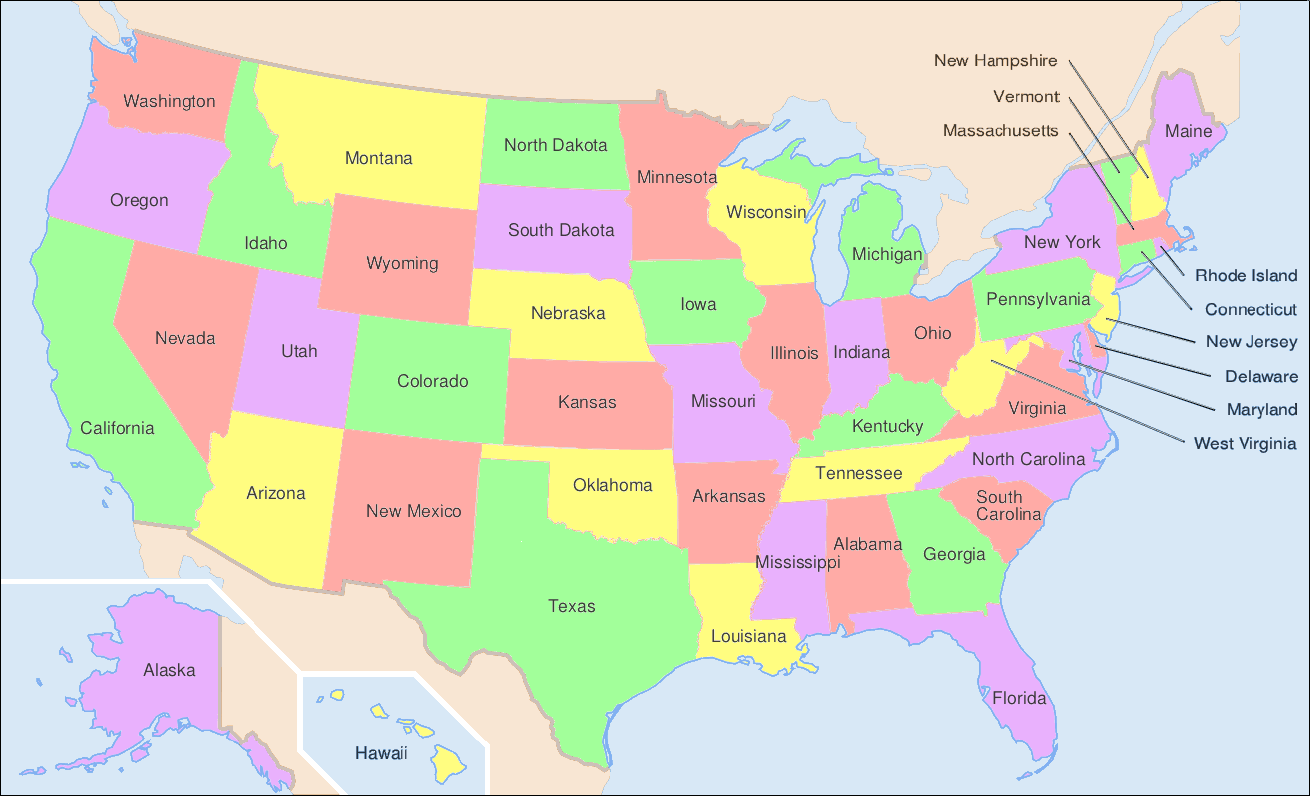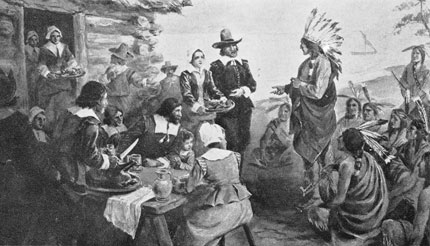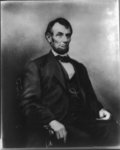December 17, 2013
by Denis Cummings
Identifying the Date of Christ’s Birth
The Nativity, the account of the birth of Jesus Christ, is described in the gospels of Matthew and Luke. The gospels do not give a date or time of year for the birth, and offer contradictory clues.
The first reference to Jesus’ birth date is not seen until around 200, when Clement of Alexandria wrote in Stromota that Jesus was born on Pachon 25 (May 20 in the modern calendar). Clement wrote of other thinkers who placed Jesus’ birthday at March 21, April 15, April 20 and April 21.
He also mentioned that the followers of Basilides, a Gnostic teacher from Alexandria, celebrated the baptism of Christ either on the 11th or 15th of the month Tubi, which would be Jan. 6 and 10. This is the first reference to the Epiphany—Christ’s manifestation to the world, either through his baptism or through the visitation of the three magi—occurring on Jan. 6. For centuries, while the Western Church celebrated Christ’s birth through the Dec. 25 nativity, Eastern churches would focus its celebration on the Jan. 6 Epiphany.
The birth date of Christ was set at Dec. 25 at some point in the fourth century. Pope Julius I, who served between 337 and 352, is often credited with establishing the date. The Catholic Encyclopedia explains that, according to seventh century chronicler John of Nikiu, Cyril of Jerusalem “asks Julius to assign the true date of the nativity ‘from census documents brought by Titus to Rome’; Julius assigns 25 December.”
The earliest references to Christ’s birth date as a celebration are seen in the Chronography of 354, a calendar owned by a Roman Christian named Valentius. Parts of the calendar, including a reference to Christ’s birth, may have been reprinted from 336, according to the Catholic Encyclopedia.
In the Chronography’s Depositio Martyrum, a list of martyrs, there is an entry reading, “VIII kal. Ian. natus Christus in Betleem Iudeae,” translated as, “on the 8th day before the kalends of January, Christ was born in Bethlehem of Judea.” A second reference to Dec. 25 is seen in a list of consuls, saying that Christ was born in 1 A.D. during the reign of Augustus Caesar and Paulus.
By the second half of the fourth century, the Nativity was widely recognized by Western Christians to have occurred on Dec. 25. The date likely reached Constantinople, the center of the Eastern Roman Empire, at some point after 379, concludes the Catholic Encyclopedia.
Non-Christian Solstice Celebrations
The solstice, meaning “sun stand still,” is a biannual astronomical event that occurs when the north or south pole is tilted closest to the sun, and the sun appears to stop moving. In the Northern Hemisphere, the winter solstice, occurring either on Dec. 21 or 22, is the shortest day of the year, but it signals that days will gradually become longer until the summer solstice.
Many ancient cultures held lavish celebrations on and around the day of the solstice. “Midwinter has always been a time to celebrate surviving the year gone by and the promise of renewal and hope for the future,” writes BBC History Magazine’s Dan Snow. “Harvests had been gathered, beer and wine were on hand and it was time to party. Across continents humans attempted to light up the dark, long nights and seized the chance to take time out from months of back-breaking agricultural toil.”
For example, Norse and Germanic peoples celebrated Yule, a festival of feasting, drinking, singing around a large bonfire. The Romans celebrated Saturnalia, a festival in honor of Saturn, the god of harvest, with a weeklong festival marked by lawlessness and social disorder.
The Influence of Solstice Celebrations on Christmas
Early Christmas celebrations took customs and symbols from these non-Christian solstice celebrations, such as the Yule log, mistletoe, holly and the Christmas tree.
Many historians theorize that the date for Christ’s birthday was chosen to absorb these solstice festivals. “The date that had traditionally been used to celebrate the winter solstice became sort of available for conversion to the observance of Christmas,” says Harry Yeide, a professor of religion at George Washington University.
History.com says that the date was chosen to overlap with Saturnalia, but Catholic Encyclopedia disputes this notion. It posits that the date derives from Natalis Invicti (Birth of the Unconquered), also known as Sol Invictus (Unconquered Sun), a Roman celebration of the sun that may itself have derived from Mithraism, a religion of Indian and Persian origin. The birth of the sun god Mithras was celebrated on Dec. 25, as was Natalis Invictus, according to the Chronography of 354.
But Andrew McGowan, writing in the Biblical Archaeology Review, says that, while Christian churches would deliberately absorb Pagan festivals in later centuries, it is unlikely that it would do so in the fourth century. “The persecuted Christian minority was greatly concerned with distancing itself from the larger, public pagan religious observances,” he writes.
He believes a theory that was proposed by French scholar Louis Duchesne in 1902. Duchesne theorized that the Dec. 25 date was reached by taking the traditional date of Christ’s death, March 25, and assuming that it was also the date of his conception, because he would have lived an exact number of years. His birth would therefore occur on Dec. 25, nine months after conception.
Joseph Cardinal Ratzinger, writing before he became Pope Benedict XVI, supported this view in his 2000 work “Spirit of the Liturgy” (pages 107-9).
The Catholic Encyclopedia, however, notes that “there is no contemporary evidence for the celebration in the fourth century of Christ’s conception on 25 March,” rendering Duchesne’s theory unlikely.
Evolution of the Modern Christmas
Christmas celebrations retained much of the excess and decadence of the mid-winter festivals through the medieval period. “Christmas was a time for feasting and merrymaking,” according to the BBC. “It was a predominantly secular festival but contained some religious elements.”
Puritans in the late 16th and early 17th century called for an end to the Christmas celebration, arguing that there was no Biblical evidence for it being Christ’s birth date and that it engendered immoral behavior. “What dicing and carding, what eating and drinking, what banqueting and feasting is then used … to the great dishonour of God and the impoverishing of the realm,” wrote English Puritan Philip Stubbes.
Christmas was banned in England in 1644, but restored in 1660. Early American colonists, mostly Puritans and other strict Protestants, did not celebrate it. After newer British colonists arrived and began to celebrate, Puritans in Massachusetts banned the holiday in 1659. Though the ban was lifted 22 years later, Christmas remained unpopular in America as colonists sought to reject British customs.
The modern Christmas celebration began to take shape in the early 19th century. American author Washington Irving, writes Irving biographer Andrew Burstein, was influential in the “melding of jolly St. Nick and an English commemoration of old into a wintry celebration of nostalgia.”
Satirizing New York’s Dutch settlers in his 1809 work “Knickerbocker’s History of New York,” Irving wrote about Saint Nicholas, or Sancte Claus, who left gifts for children in stockings placed by the chimney. A decade later, having spent four years in England, Irving produced an idyllic image of Christmas in his 1819-20 collection of short stories “The Sketch Book of Geoffrey Crayon.”
Combining English traditions with his own imagination, Irving created “a peaceful, warm-hearted holiday bringing groups together across lines of wealth or social status,” describes History.com.
Christmas took hold in England during the reign of Queen Victoria and her husband Prince Albert (1837-1901), who decorated a tree in their household. Influenced greatly by Charles Dickens’ 1843 book “A Christmas Carol,” the Victorian Age English introduced customs such as carol singing and card giving.
Dickens, writes the BBC, “inspired ideals of what Christmas should be, capturing the imagination of the British and American middle classes. This group had money to spend and made Christmas a special time for the family.”
















